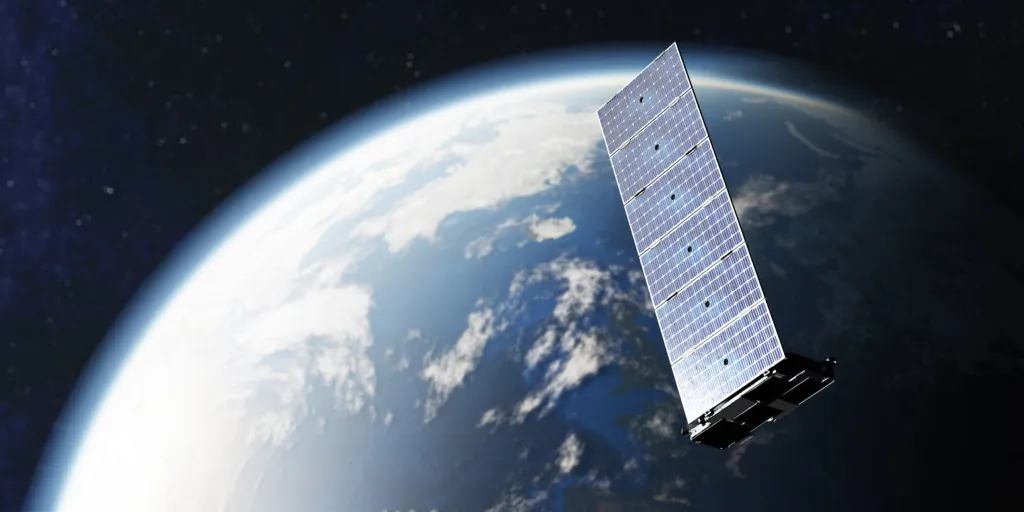Starlink, SpaceX’s satellite internet constellation, promises high-speed internet access to remote and underserved areas. For a country like Kenya, grappling with digital divides and internet connectivity challenges, it presents a compelling opportunity. However, its potential is tempered by several factors.
The Benefits of Starlink for Kenya

Expanding Coverage
Rural and Remote Areas: One of the most significant advantages of Starlink is its ability to provide internet access to rural and remote areas where traditional infrastructure is lacking. This could bridge the digital divide in Kenya, where many rural areas still lack reliable internet.
Support for Emergency Services
Disaster Response: In times of natural disasters or other emergencies, Starlink can provide crucial communication links when terrestrial infrastructure is damaged or destroyed.
High-Speed Internet
Improved Connectivity: Starlink offers high-speed internet, which can improve the quality of online activities such as streaming, telecommuting, online education, and telemedicine. This is particularly beneficial for businesses and individuals who require consistent and fast internet.
Challenges Facing Starlink in Kenya

Cost
High Initial Investment: The initial cost for Starlink hardware (satellite dish and router) is relatively high. This can be a barrier for many Kenyans, especially in rural areas where income levels may be lower.
Subscription Fees: Ongoing monthly subscription costs might also be higher than current local internet service providers, making it less accessible to the average consumer.
Regulatory and Environmental Issues
Licensing and Regulation: Starlink will need to comply with Kenya’s regulatory framework for telecommunications. Navigating these regulations could be complex and time-consuming.
Environmental Concerns: The deployment of large numbers of satellites has raised environmental and space debris concerns. While this is a global issue, it’s something that local stakeholders and environmentalists in Kenya might consider.
Dependence on Weather
Signal Disruption: Satellite internet can be affected by weather conditions such as heavy rain, which is common in some parts of Kenya. This could lead to intermittent connectivity issues.
Infrastructure and Maintenance
Technical Support: Setting up and maintaining satellite internet requires technical expertise, which may not be readily available in all parts of Kenya. This could lead to challenges in troubleshooting and repairs.
Is Starlink the Answer?
While Starlink offers significant potential, it’s unlikely to be a standalone solution for Kenya’s internet challenges. A combination of satellite and terrestrial infrastructure, along with investments in digital literacy and affordability, is likely to be the most effective approach.





Leave a Reply